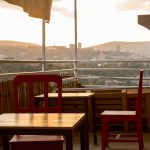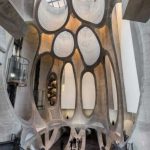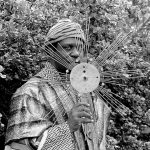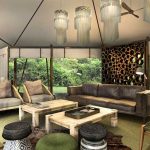WHAT’S NEXT FOR AFRICA’S THRIVING ART MUSEUMS?
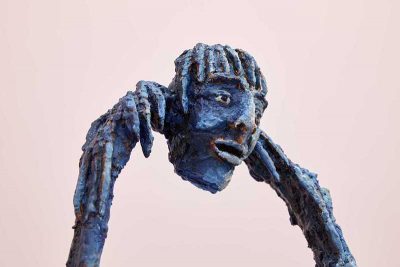
The newfound celebration of African art is intoxicating. As the Asian art market slows, Africa has filled the gap it left behind – as evidenced by the fact that two major African art museums have opened on the continent in the last six months, which are the only two establishments on earth dedicated to contemporary art from the continent.
Cape Town went first. Already a hub for artists, the September 2017 opening of the 100,000-square-foot Zeitz Museum of Contemporary African Art at the Waterfront is helping to turn the Mother City into the Miami of the southern hemisphere. Housed in the city’s historic grain silo and designed by British architect Thomas Heatherwick, it is not just the biggest public art space to open on the continent for more than a century: it’s also profoundly shifting the South African art market.
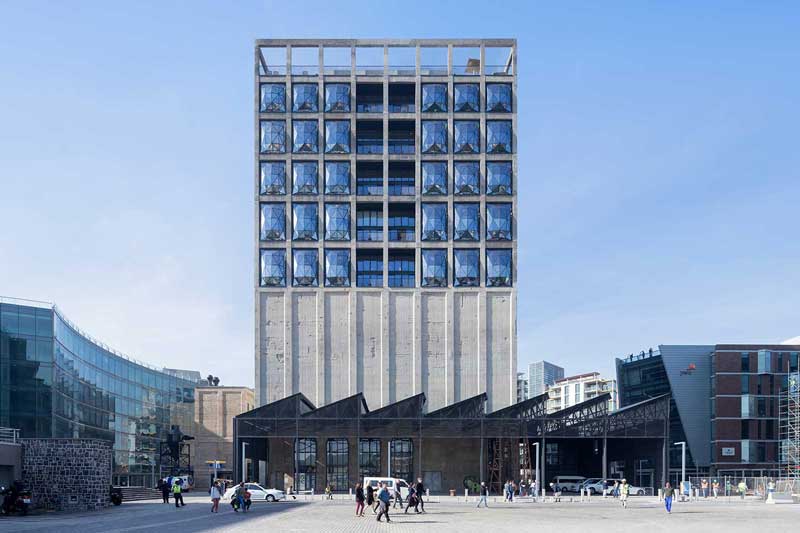
“Zeitz has already changed the art scene on the continent”, says Monna Mokoena, the owner of Gallery MOMO on Buitengracht Street in Cape Town’s city centre. “Already we have seen more international curators visiting South Africa because Zeitz has made them realise just how eurocentric their collections are. That’s why it’s so important for us to have a contemporary museum that’s the equivalent in size and prestige to the Tate Modern. In the West, there is only one version of art history, but Zeitz allows us as Africans to tell our story and preserve what we have.”
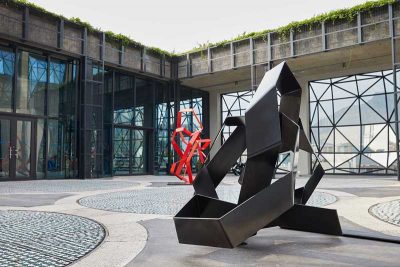
“Zeitz allows us as Africans to tell our story and preserve what we have.”
Meanwhile, thousands of miles away, a similar story is unfolding in one of Africa’s other notoriously beautiful cities, Marrakech. Last week under the hot Moroccan sun, we saw the launch of the Museum of African Contemporary Art, Al Maaden (Macaal).
Along with his property developer father Alami Lazraq, Ozaman Lazraq is the founder of Macaal – a hulking, deep-pink museum that soft-opened in 2016, then launched to the public on 27 February 2018. Exhibiting the family’s 2,000-strong collection of African art alongside rolling exhibitions dedicated to life on the continent, it opens with “Africa Is No Island”, which explores national identity through photography.
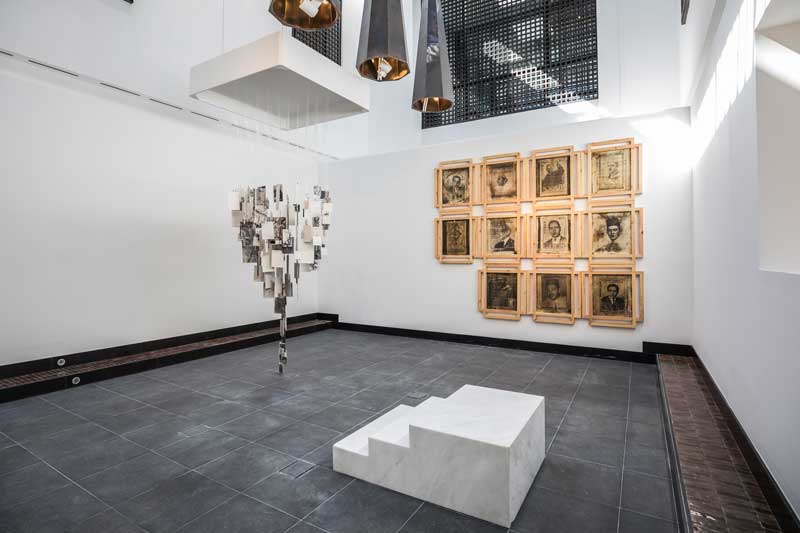
“I am passionate about ensuring our art is shown here in Africa”, says Othman Lazraq. “Marrakech has long been an artistic hub for Europeans; but now we want to attract African artists from our continent. Africa was always seen as a block, rather than connected countries, but we know how diverse it is, and how it has traditions and customs that no longer exist abroad. My father has always wanted to give his legacy to showing that to the world.”
“Africa was always seen as a block, rather than connected countries, but we know how diverse it is, and how it has traditions and customs that no longer exist abroad.”
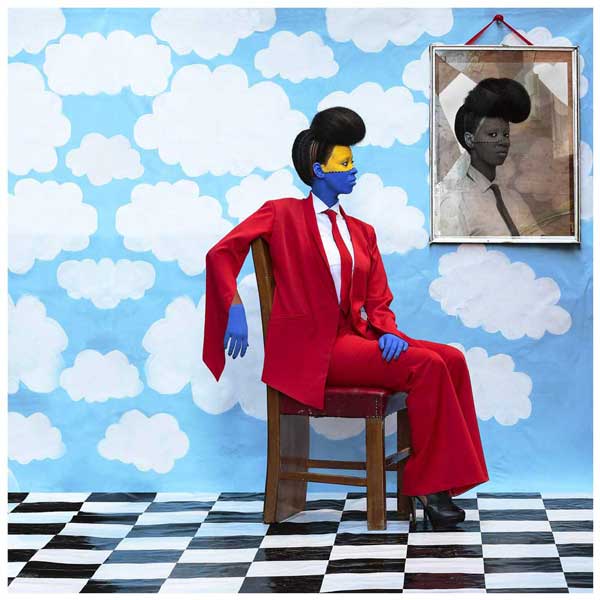
And last week, hundreds of collectors paid witness to the range of African art on display at Macaal, and wandered through the lush grounds of La Mamounia, the five-star hotel where African art fair 1:54 took place, as the discerning international art world descended on Morocco.
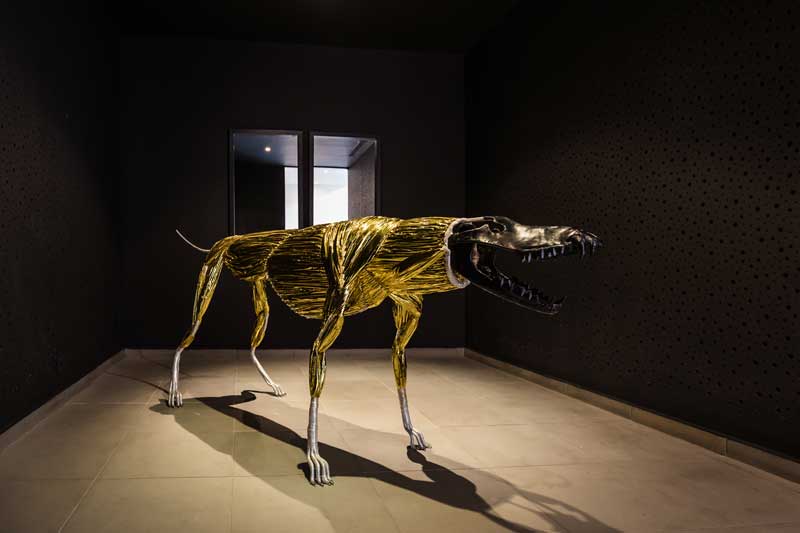
And while this will undoubtedly attract art lovers to the continent, it will it also lead to some rivalry between what are arguably Africa’s two most beautiful cities.
“You know Marrakech was an important art hub long before Cape Town, partly because it attracted so many creative people like Yves Saint Laurent from Europe”, says Lazraq. “But I firmly believe there is the space – and the need – for more than one African art hub. I was at the launch of Zeitz in Cape Town last year, and it inspired me hugely.”
Interestingly, certain critics have suggested that Africa’s next major art museum should be based in Nairobi, Lagos or Johannesburg – somewhere more representative of modern Africa than Cape Town or Marrakech – both vibrant cities that lure a cosmopolitan crowd to the northern and southern tips of the continent.
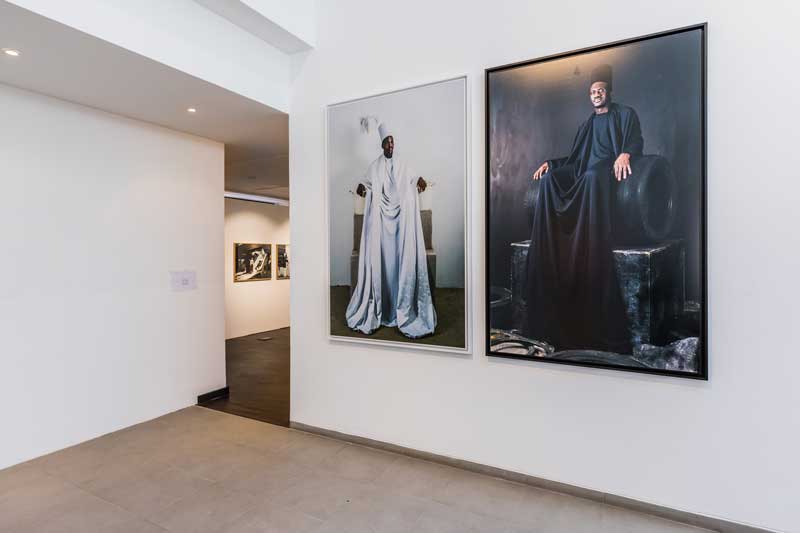
However, Mark Coetzee, the director of Zeitz MOCAA, disagrees. “These are places of incredible natural beauty, and we attract sophisticated international visitors”, he says. “The next step is to share something of our culture – we need to offer people a richer, more diverse experience that includes an education about our heritage.”
“The next step is to share something of our culture – we need to offer people a richer, more diverse experience that includes an education about our heritage.”
And he is right. Africa’s extraordinary landscapes have traditionally been the continent’s siren call – but it seems its world-class, groundbreaking art institutions are becoming equally alluring.
John Segar
READ MORE POSTS BY THIS AUTHOR






